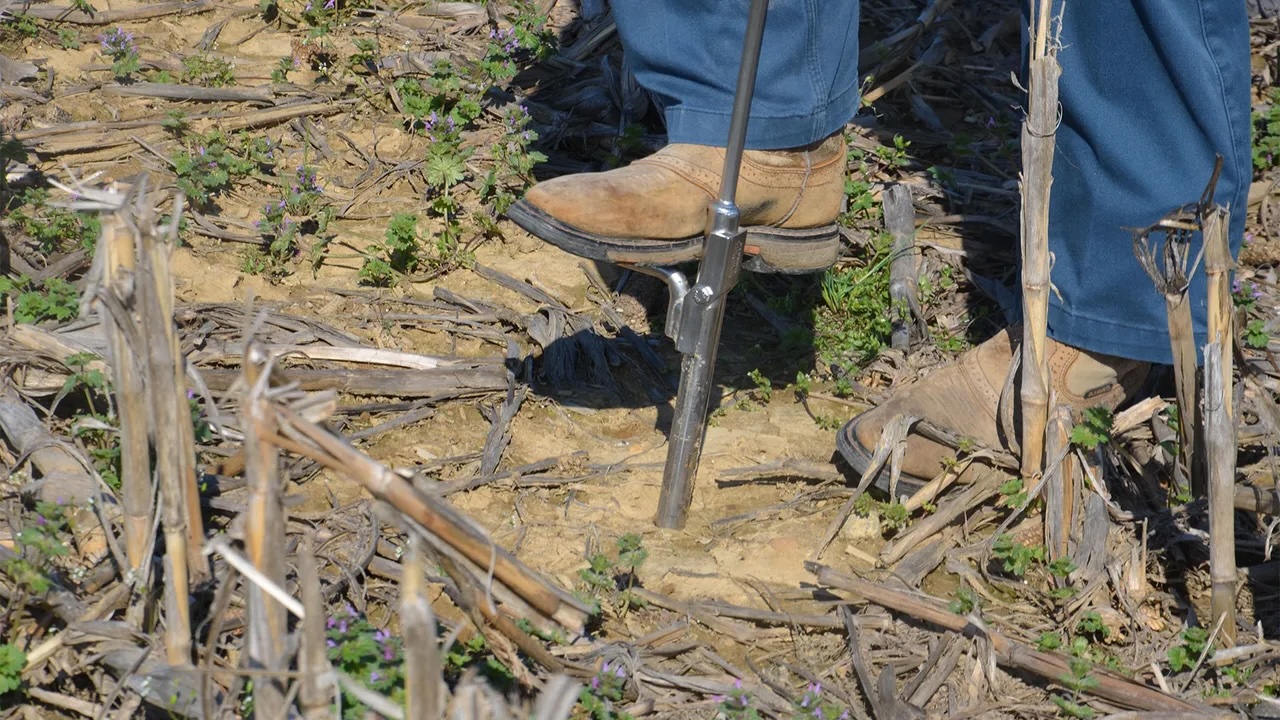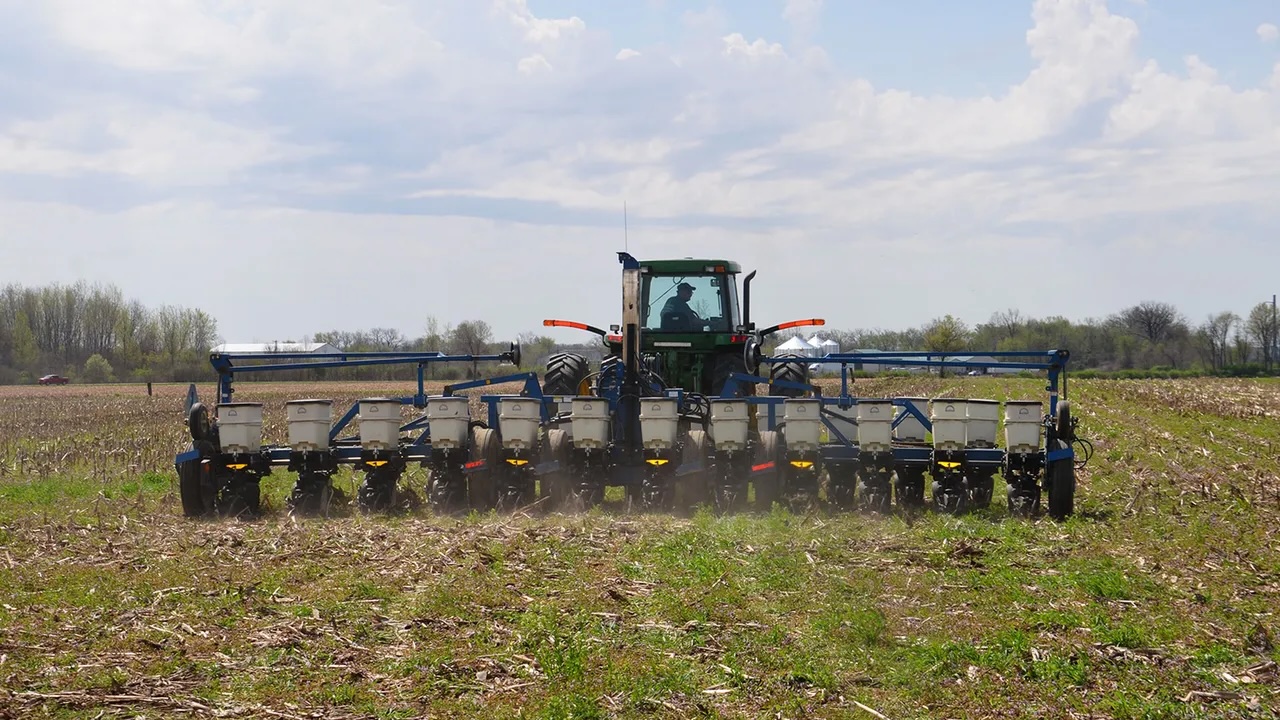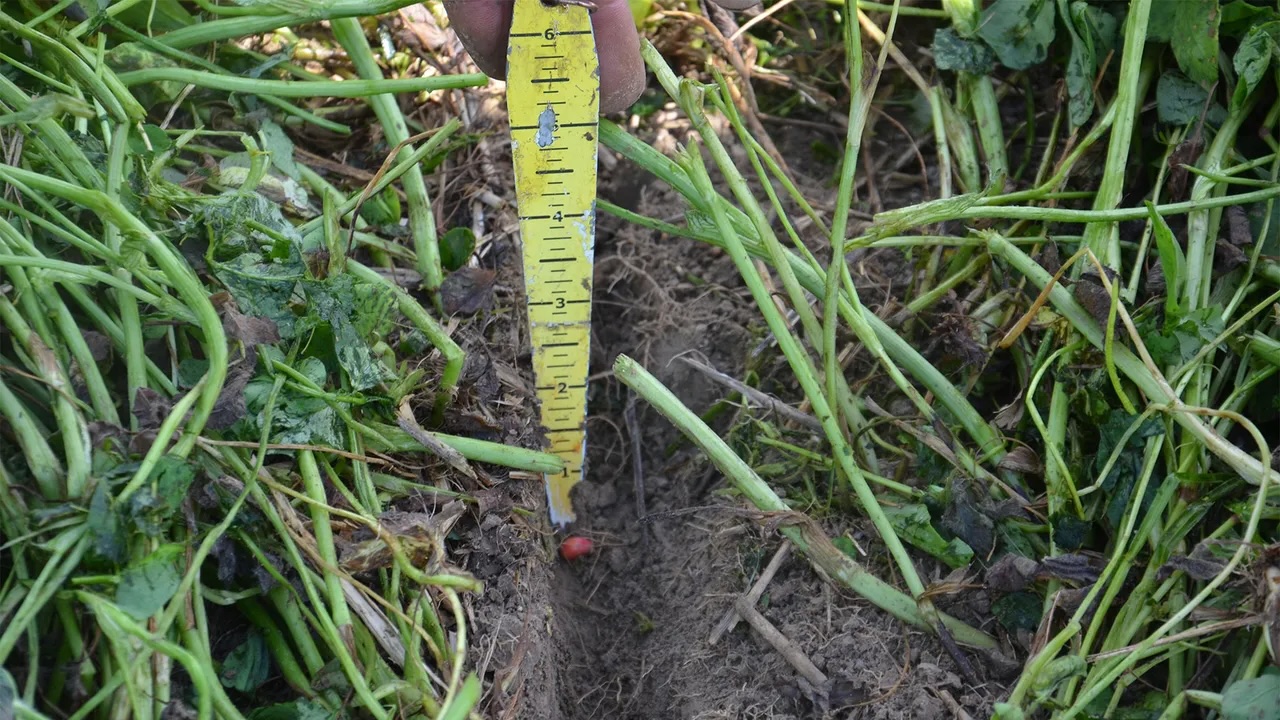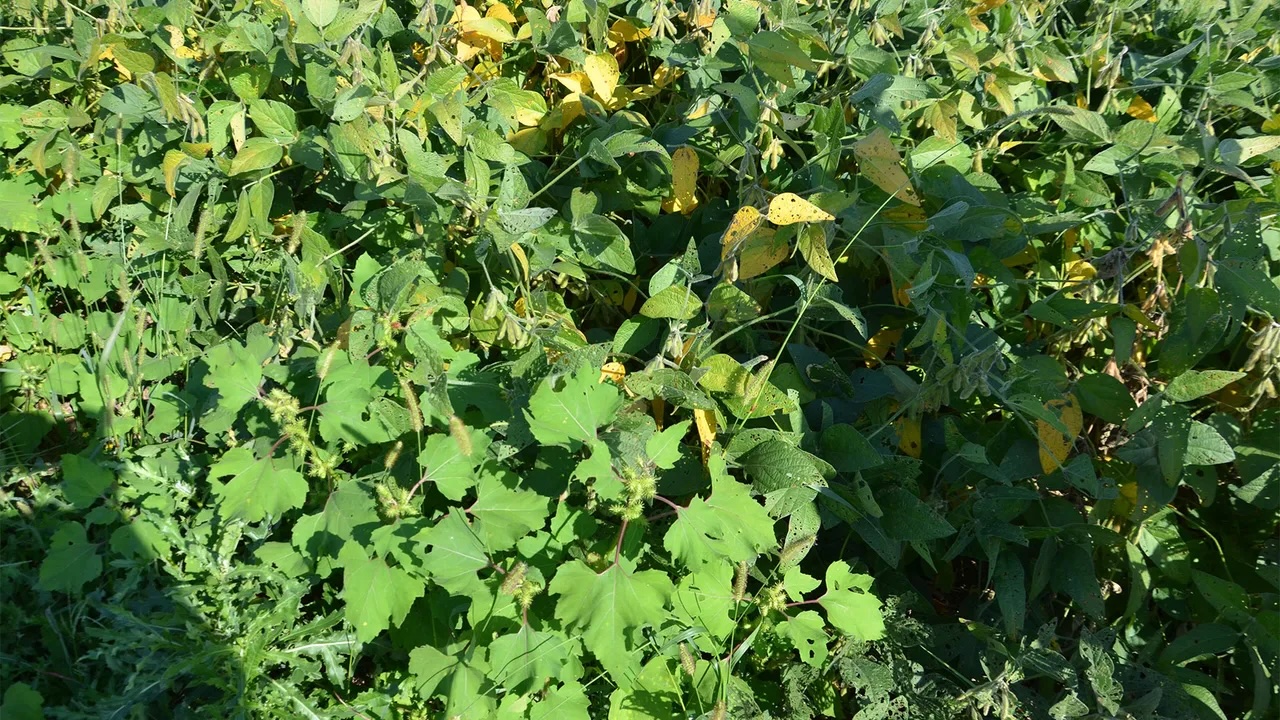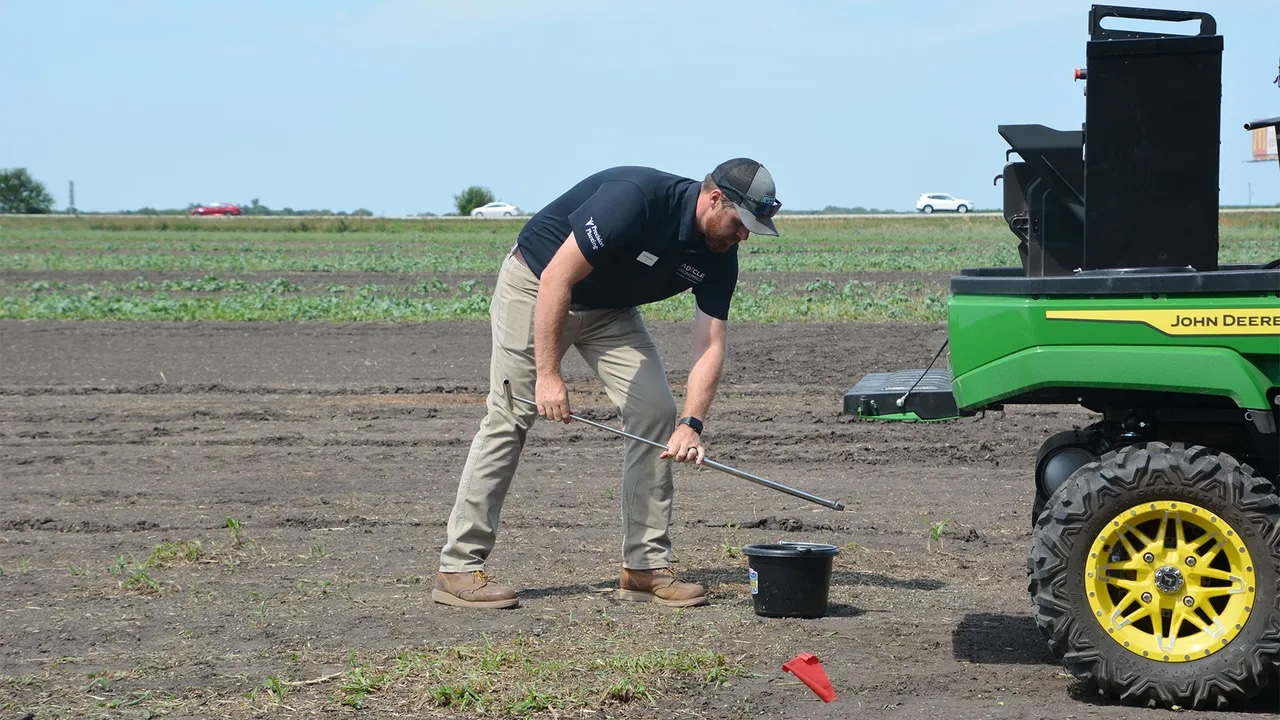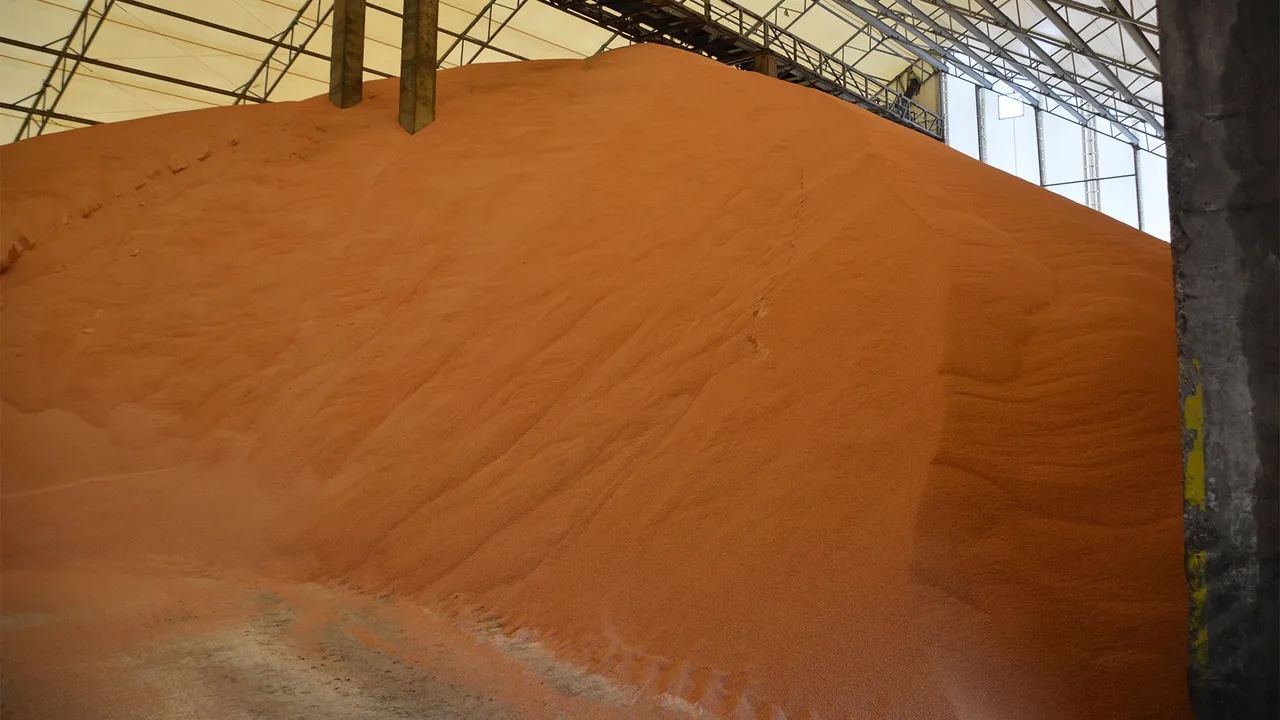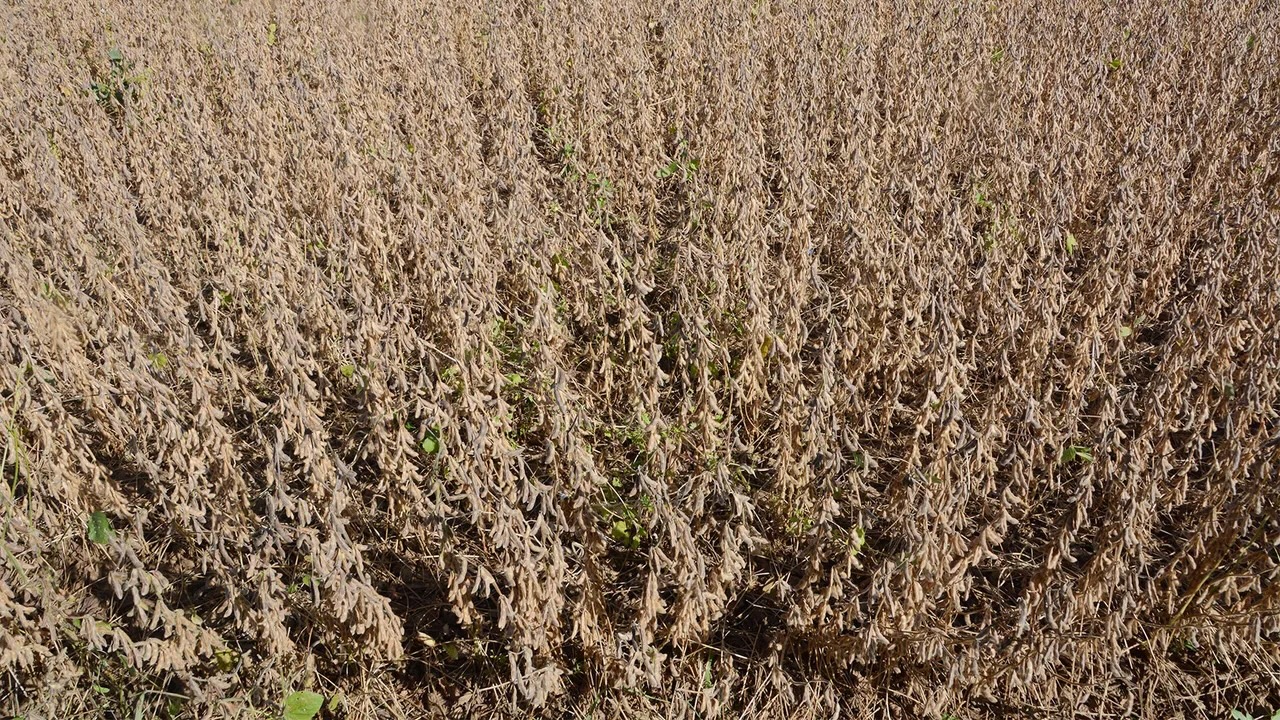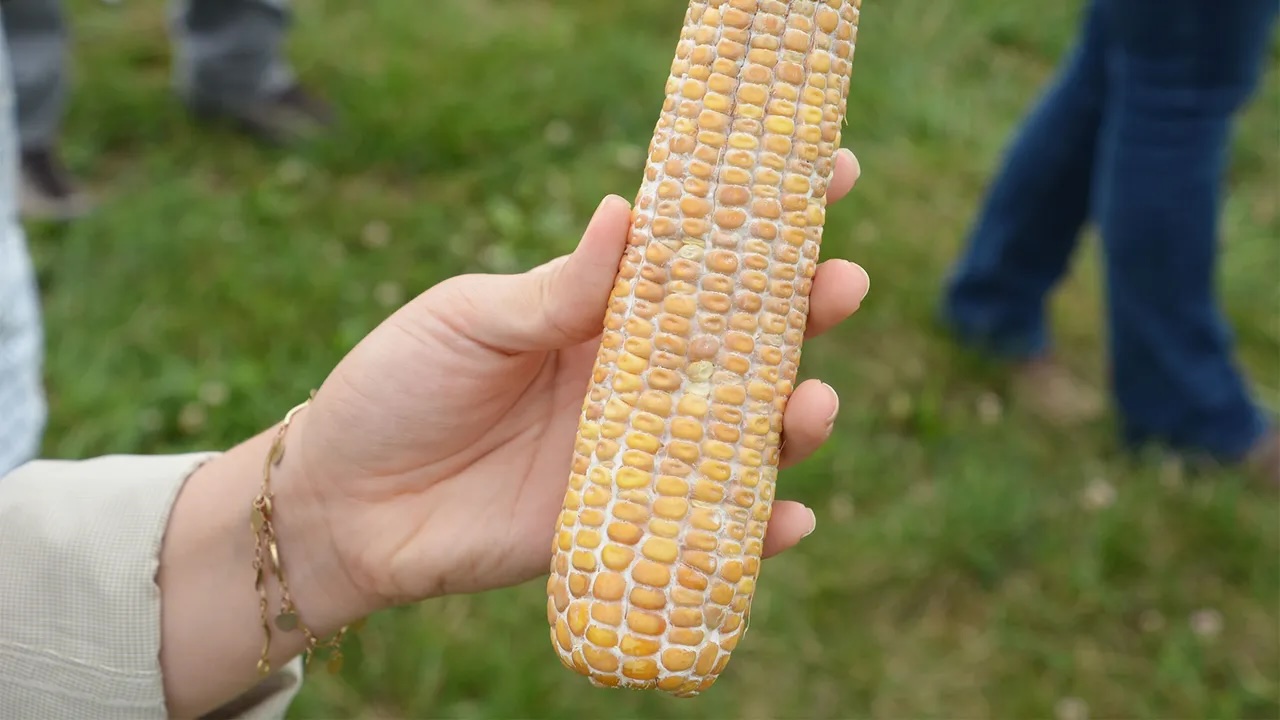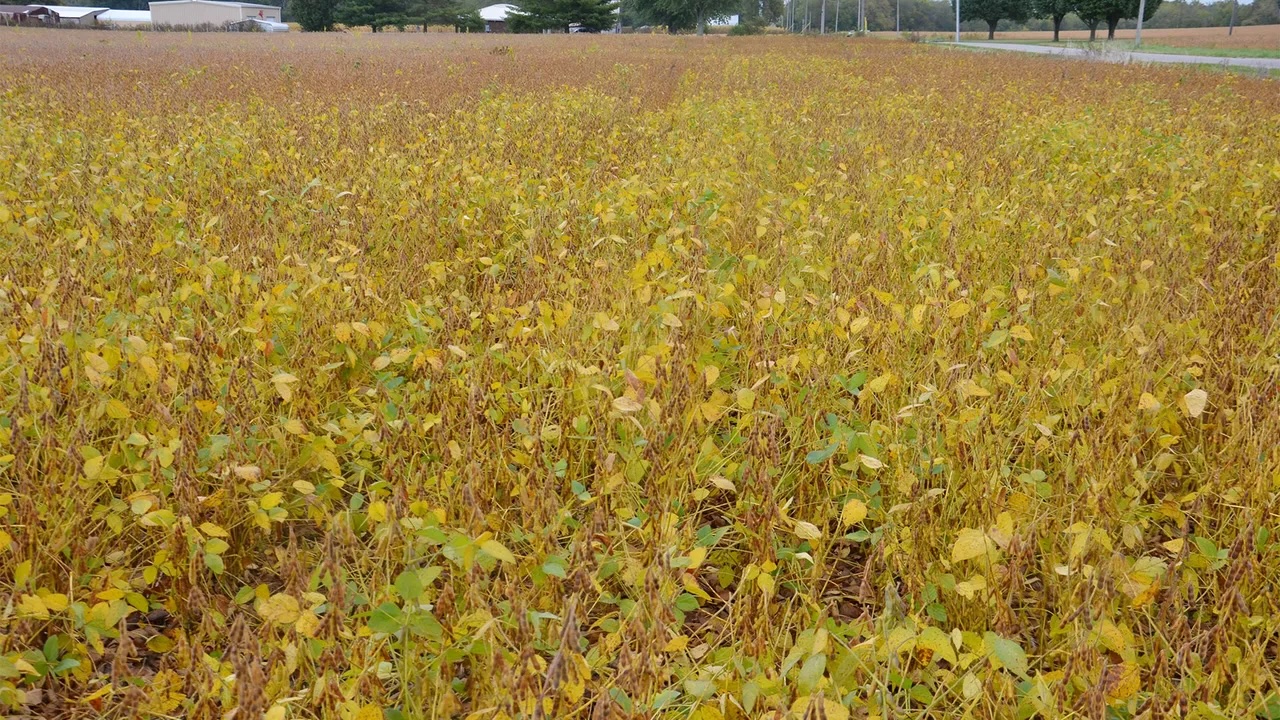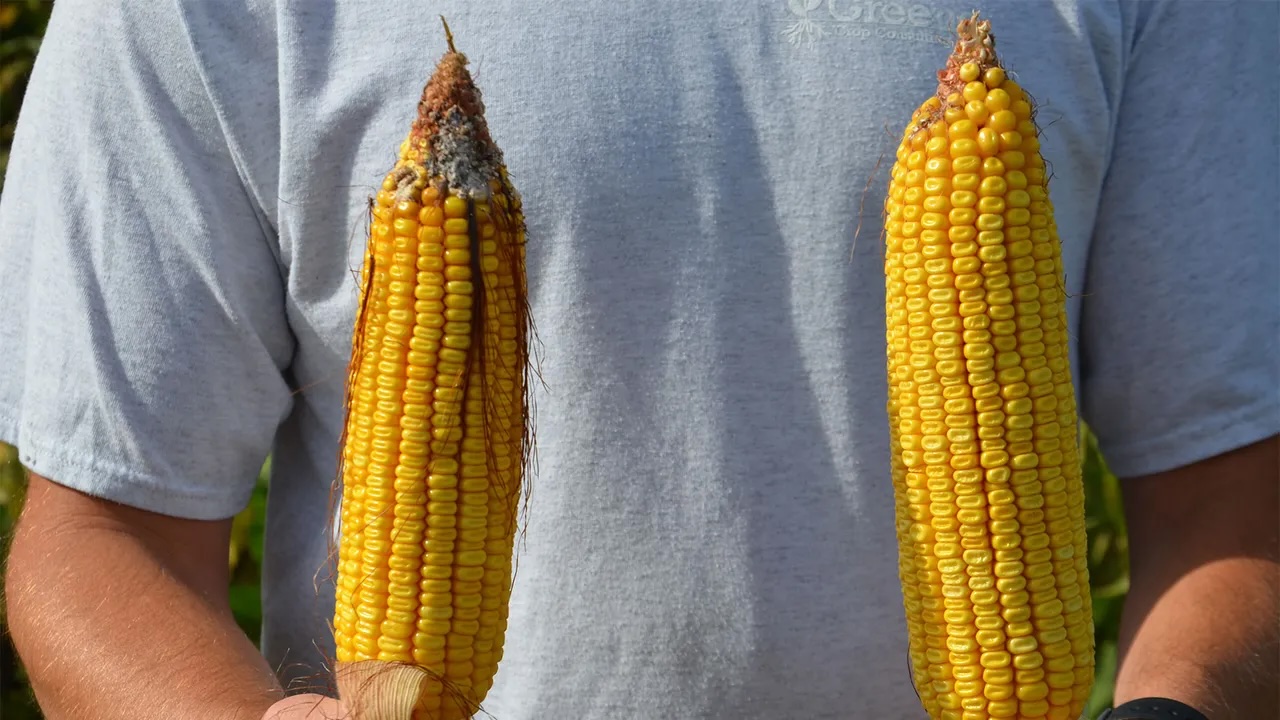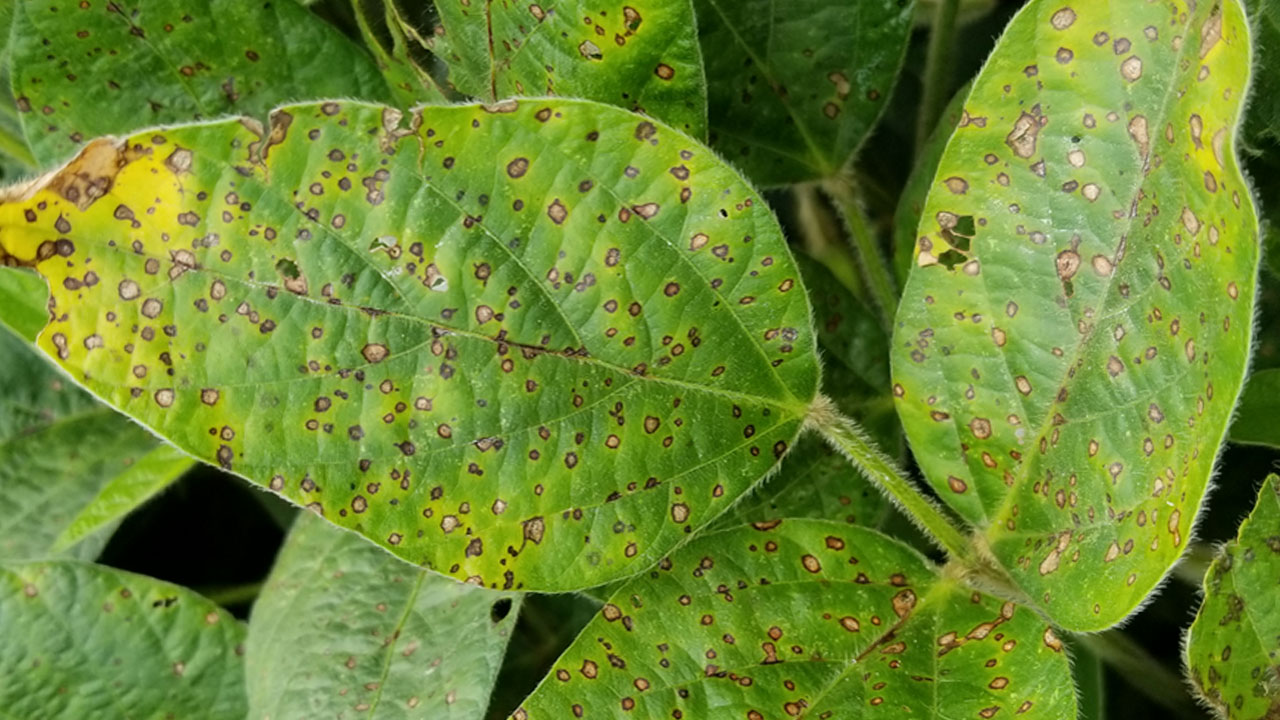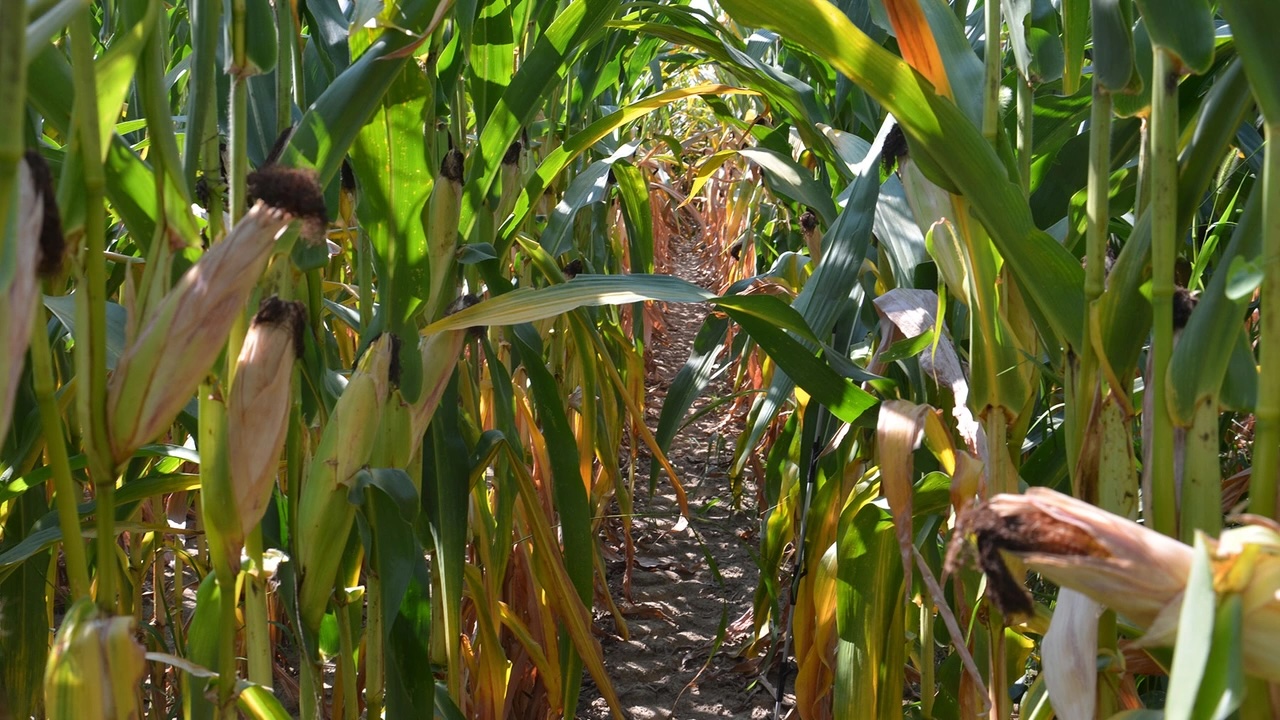Assessing seed treatments in soybeans
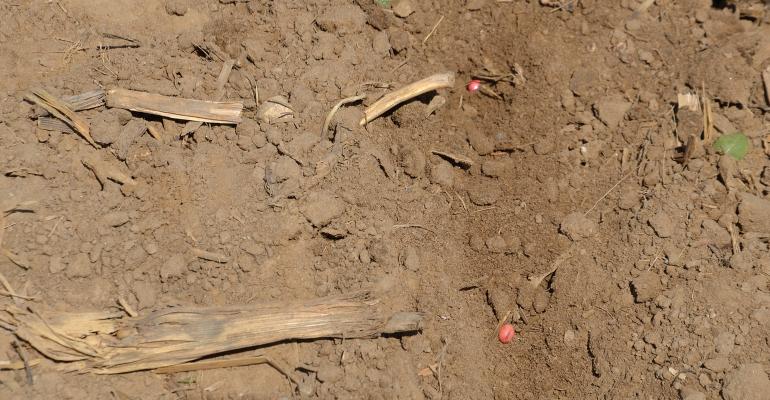
Soybean Corner: Here’s what you should know about seed treatments.
Dec 29, 2022
Do I need soybean seed treatments? If so, which ingredients? How do I know if it pays?
The Indiana certified crop advisor panel answering this question includes Danny Greene, agronomist with Greene Crop Consulting Inc., Franklin, Ind.; Marty Park, sales agronomist with Gutwein Seed Services, Rensselaer, Ind.; and Jesse Uebelhor, agronomist with Superior Ag, Jasper, Ind.
Greene: Consider field history. Before you make purchase decisions, understand if the treatment is likely to resolve an issue you really have.
Fungicide seed treatments can be good insurance and are most likely to return profit. I recommend fungicide seed treatments for soybeans planted before mid-May. For late-planted or double-crop soybeans, it’s less important. The soil is warmer, and emergence and early growth are quicker.
My recommendation for insecticide seed treatments depends more on field experience. If following a manure application, I recommend seed treatment.
Other treatments address soybean cyst nematode and sudden death syndrome. For the cost, I would not blanket all acres. Where these pests were diagnosed, these treatments might maintain your bushels better.
Some treatments also include biologicals, nutrients and micronutrients. Their benefit is often hard to calculate. Strip-test before expanding use.
Park: Talk with your trusted seed salesperson to see what packages he or she recommends. As growers continue to reduce seeding rates, seed treatments help ensure that a higher percentage of seeds planted fully contribute to yield. Here, we always start with a multiple-ingredient fungicide package to protect the young seedling. Additional fungicide options, Illevo or Saltro, can be added to reduce potential for SDS if your area has a history of the disease. These products also provide some activity on SCN.
An insecticide can be added for early-season activity on bean leaf beetles or seed corn maggots. This is a good choice if you’re planting early, into a green seedbed or into a manured field. With high soybean values, growers are more willing to spend more money on seed treatments, but don’t forget about your budget.
The only way to see if these products are improving yield is to try them on your farm in side-by-side trials. Measure results for a couple of years.
Uebelhor: Early-season diseases like pythium and phytophthora infect the plant during emergence or very early. These diseases can be controlled with products that contain picarbutrazox, such as Vayantis. Pay close attention to the amount of mefenoxam to help control pythium and phytophthora, including metalaxyl-resistant pythium. Sedaxane, better known as Vibrance, gives rhizoctonia protection. Rhizoctonia is a fungal pathogen that infects many different plants. The other key fungicide is Fludioxonil for protection from fusarium. Cool temperatures and wet soils, particularly early, often favor infection by Fusarium species.
Look for products that protect against seed and foliar feeding insects. Thiamethoxam, the active ingredient in Cruiser, does a great job during early vegetative growth stages.
To sum it up, a good-quality seed treatment with the above active ingredients will provide 20% to 25% higher stands over untreated units. As growers lower populations, every seed counts. In our trials, seed treatments pay for themselves more than 80% of the time. This is a huge benefit when it comes down to the decision either to keep the crop or replant. No one wins if you must replant. Early planting has proven to bring us bigger yields, and seed treatments allow us to go to the field earlier with confidence.


